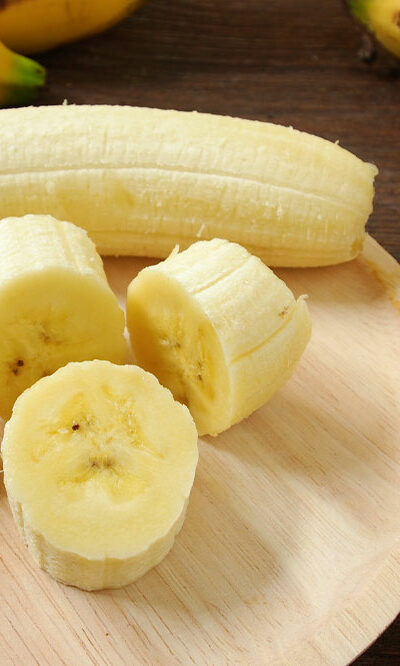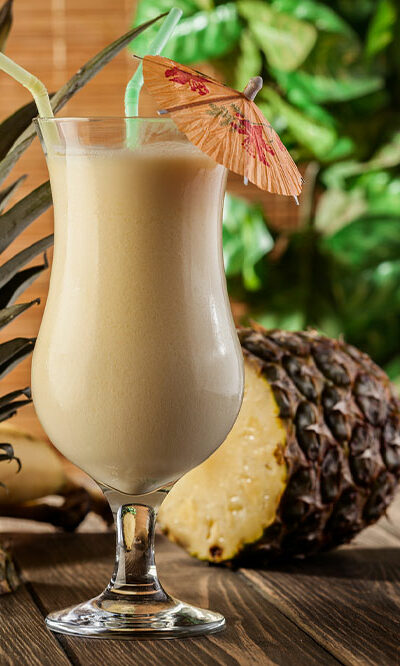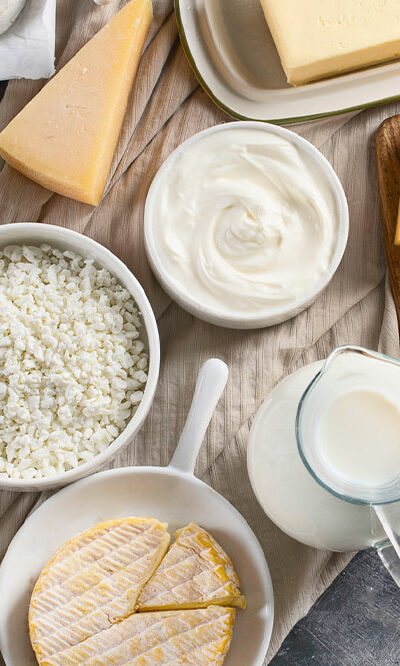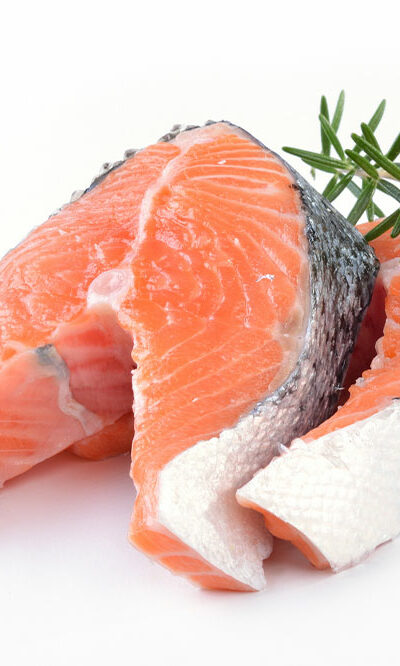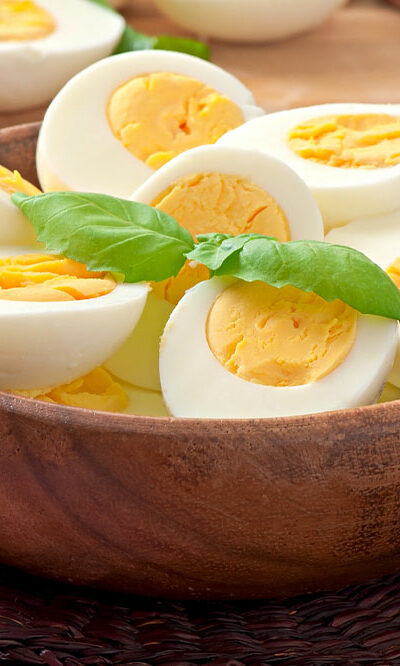
10 best foods for healthy hair
Hair growth is influenced by several factors, such as age, health, genetics, environmental exposure, nutrition, and medical intervention. Maintaining a healthy nutrition plan can positively impact hair follicle growth and cellular turnover, which improves overall hair health, strength, and shine. According to certain studies, deficiencies of vitamins B12 and D, biotin, riboflavin, and iron can lead to hair loss. To maintain hair health and encourage growth, here are some foods to consider: Eggs Hair follicles are mostly made up of protein. To maintain their quality, it is essential to get the required amount of protein every day. Eggs are a rich source of protein as well as biotin, zinc, and selenium, which play a vital role in promoting hair growth and improving hair health. Berries Berries such as strawberries, blueberries, and blackberries are rich sources of antioxidants and vitamin C, which the body uses to produce collagen. Collagen supports hair strength, which is key for getting luscious locks. Vitamin C also helps absorb iron from food, and iron deficiency (anemia) has also been linked to hair loss. Greek yogurt Greek yogurt is packed with protein and vitamin B5 (pantothenic acid), which are important agents in the fight against hair thinning and loss. Spinach Cruciferous vegetables like spinach and kale are loaded with nutrients like folate, vitamins A and C, and iron. These are crucial for encouraging hair growth and repair. Experts recommend foods rich in these vitamins and minerals over supplements, as supplementing too much can have the opposite effect and cause hair loss. Sweet potatoes Sweet potatoes are a rich source of beta-carotene, a compound that turns into vitamin A in the body. It is crucial in producing sebum, which in turn helps maintain hair health. Carrots, pumpkin, cantaloupe, and mangoes are also rich sources of beta-carotene, making them top foods for healthy hair.
